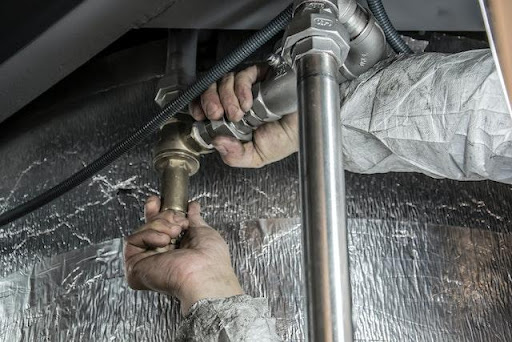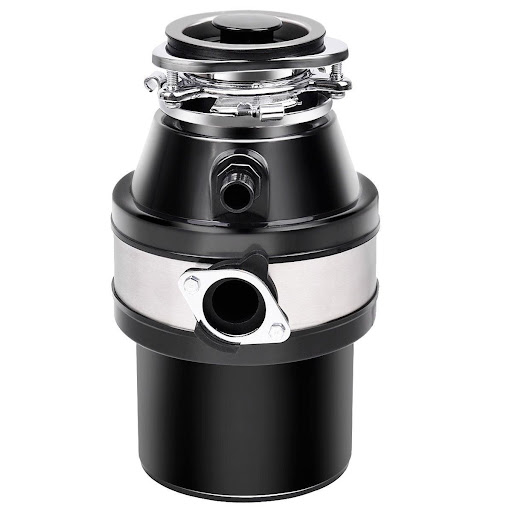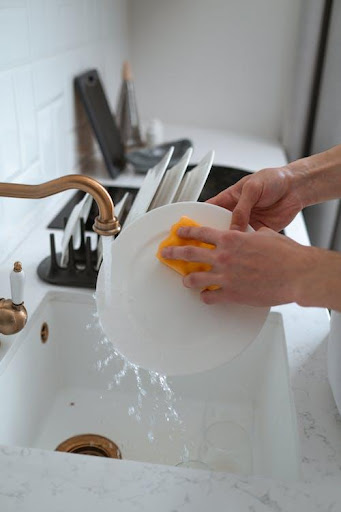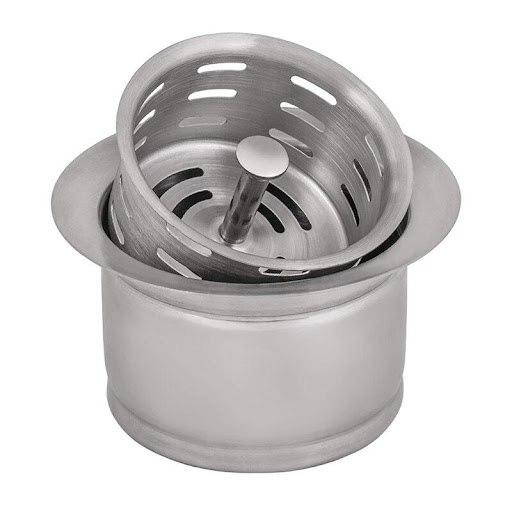Garbage disposals help to ease the stress of tidying up after meals. They let you wash small pieces of food waste into the sink drain without fear that the particles will clog your drains, explains Ridgewood Property Management. Since their introduction in 1927, garbage disposals have become a required appliance in most kitchens.
But the trouble with garbage disposal units is they can stop working without warning. Sometimes you will hear the unit humming even though it is not working. Other times your garbage disposal will leak or simply fail to come on. What do you do when your garbage disposal acts up?
How to fix your garbage disposal
There are several reasons why your garbage disposal would stop working. Below we explain the steps for fixing different kinds of garbage disposal problems.
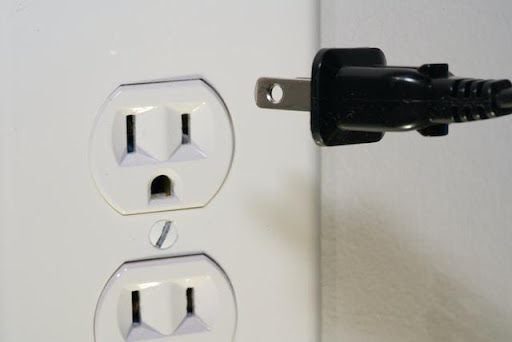
If the unit does not emit a humming sound after you flip the switch, it probably has an electrical fault.
The garbage disposal doesn’t power on
If the unit does not emit a humming sound after you flip the switch, it probably has an electrical fault. There are a few things that can keep the appliance from getting power. To solve this problem, do the following:
- Check if the appliance is firmly plugged-in.
- If it is plugged in, push the reset button on the bottom of the appliance. If the unit’s circuit breaker has tripped, this step will reset the garbage disposal.
- If that doesn’t work, check the main service panel to see if the circuit breaker has tripped. If the breaker has tripped, reset the lever.
- If this doesn’t work, it could be a wiring problem at the switch, or your garbage disposal is faulty.
- Disassemble the switch to inspect the connections. If there are any loose connections, secure them or replace the entire switch if the problem is very bad.
- Turn on the power, and if the unit still doesn’t power on, you may need a new garbage disposal.
The garbage disposal hums but doesn’t grind
If it makes a humming sound when you flip the switch but doesn’t grind, the flywheel of your garbage disposal is jammed. A jammed flywheel will force the circuit breaker to trip or make the appliance’s reset button pop out. To solve the problem:
- Shut the power supply to the unit by switching it off and shutting off the breaker at the electrical service panel.
- Take the offset wrench for the disposal unit and insert it into the flywheel hole at the bottom of the appliance.
- Turn the wrench clockwise to dislodge any food particles impeding the impeller. Do this until you feel the flywheel turn freely.
- Alternatively, insert a wooden spoon handle or similar wooden object into the disposal through the drain opening. Use this as a lever to free the stuck flywheel.
- Sometimes, the best option is to remove the object jamming the appliance. Point a flashlight into the disposal to find the object; remove it with a pair of pliers.
- Press the reset button and run some water into the unit. Turn the unit on and off several times while you are doing this.
Garbage disposal drains slowly
A slow-draining garbage disposal is mostly caused by clogs inside the drainpipes. The simple fix for this problem is to disassemble the drain trap and discharge pipe to get rid of any food waste inside them.
- Disconnect the discharge pipe from the disposal by removing the bolts.
- Disconnect and remove the drain trap with the discharge drain pipe.
- Inspect the disposal for clogs and clean the appliance (ensure the power is turned off).
- Check the branch drain line for clogs and clear it with an auger.
- Reassemble the drain trap and couple the discharge tube to the garbage disposal.
- Run the water and turn on the disposal unit to ensure the water is flowing freely.
To prevent future occurrences of this problem, don’t allow starchy foods – like mashed potatoes or cooked rice – to get into your garbage disposal. At least once a month, clean the appliance by throwing some lemon peel and ice cubes into the unit and grinding them up.
The garbage disposal is leaking
There are several places where you can have leaks in a garbage disposal. The common leak sites are at the sink flange, the hose that connects the disposal to the dishwasher and the discharge hose for the appliance.
- A leak at the sink flange, where the disposal connects to the sink, is fairly easy to fix. All that is needed is to disassemble the connections between the sink and the disposal unit before forcing some plumber’s putty into the space between the flange and the sink.
- If the leak is at the dishwasher connection, you may only need to tighten the hose or, if that doesn’t work, replace the hose completely.
- Fixing a leak at the discharge drainpipe entails checking the connections to see if they are tight and replacing the gasket seal between the disposal unit and the pipe.
Finally, not all garbage disposal problems can be solved. Sometimes the only fix is to get a new appliance. If you still can’t figure out the problem after troubleshooting your garbage disposal, it may be time to let a professional plumber take a look at the disposal unit.
